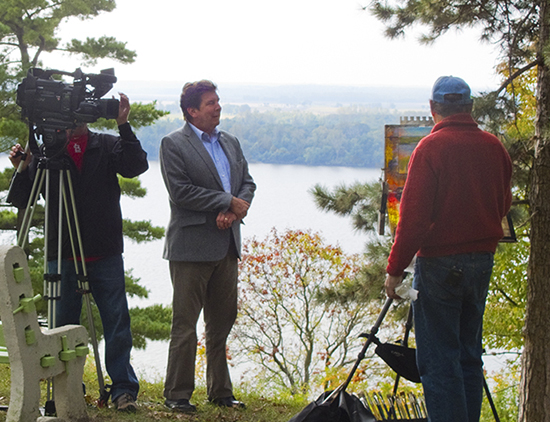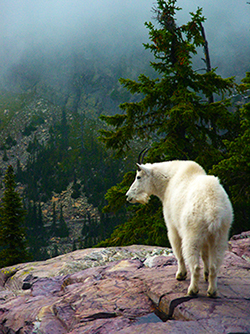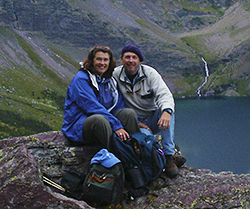Why Watercolor? We Ask Ten Top Painters
Previous
|
Why Watercolor?
We Ask Ten Top Painters 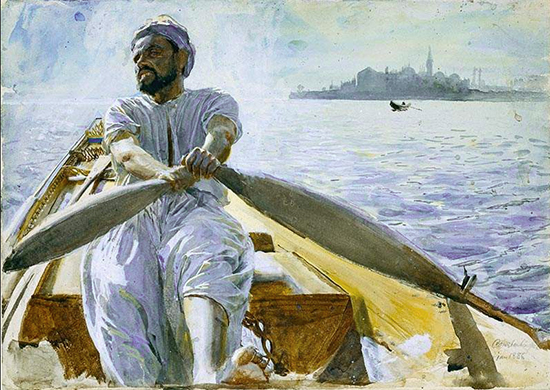 Caique Oarsman 14 x 20" 1886 (PD US) Anders Zorn Interest in painting in watercolor has perhaps never been stronger. No longer stigmatized as only a "sketch" medium, serious artists are constantly pushing the boundaries of what watercolor can be. From dancing, vibrating, light-filled passages to richly colored transparent darks, from cascading wet washes to staccato dry brush effects, watercolors can produce painting effects which no other medium can match. In the hands of a Master, a rapidly executed watercolor thrills with its immediacy, energy and sheer boldness. What may appear simple in execution can take years to perfect, and this quality often discourages all but those artists who have the determination and discipline to undertake the challenge of learning to paint in watercolor. We asked ten top professionals of the medium three important questions:
1. Why watercolor? What is it about watercolor that has made it your medium of choice? 2. What is the one most valuable technical lesson you've learned about painting in watercolor? 3. What type of paper do you typically use for your paintings - brand and surface? 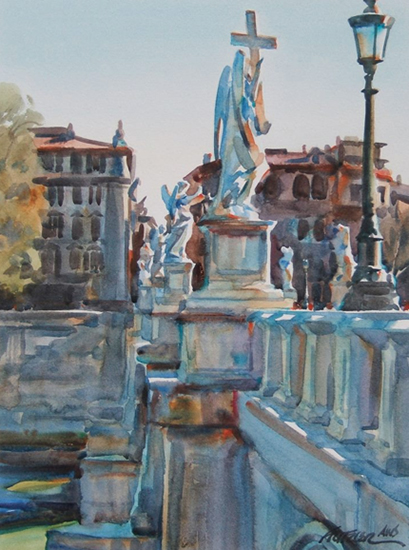 Ponte San Angelo 12 x 9" ©Gerald Fritzler Gerald Fritzler
Watercolor is a Master medium, it is the immediacy of the medium and the way the pigment responds on your paper to your personal emotional response to your subject. It is as direct of a medium as can be, there can't be any hesitancy while you are painting. You have to decide where you will place each brushstroke of color and then let it do its magic. Watercolor is not a medium to be totally controlled and manipulated, and of course that is the very beauty of its quality. Certain colors do things with other colors when placed down and many things happen on dry and wet surfaces that you just can't explain. It is only after a great number of years painting with this wonderful medium that you start to begin to understand many of its fine qualities! In the hands of a master watercolorist, its beauties are unleashed and the joy of the brushwork, color, and emotion are a visual enjoyment to the eye! One of the technical lessons I learned in painting watercolors goes back to my days at the American Academy of Art in Chicago. While studying the medium I was told by my instructor, Irving Shapiro, not to get too heavy with my darker passages. I did have a tendency to do that on a number of watercolors and the pigment gets too heavy and becomes opaque on your paper. This does not let the light come through and the pigment tends to sit up on top of the paper and become flat with no quality to it at all. The actual technical aspect of how watercolor works is that the light shoots through your brushstroke of color, hits the paper,and bounces back through the pigment giving you the color . I work on Crescent 5114 Premium Watercolor Board. I started using this board back in Milwaukee,WI., while working as an Illustrator. Most of my color Illustrations were completed on this board surface. The more I used it, the more I enjoyed its many fine qualities. It has changed some over the years but for the most part has stayed pretty consistent in its qualities and is now totally acid free and lighter weight then it used to be in the past. I especially like that it works well painting outdoors and does not buckle like paper. It comes in 30 x 40 sheets and I cut these in half numerous times to get a number of my painting sized boards. See more of Gerald Frizler's work at The Claggett-Rey Gallery website. 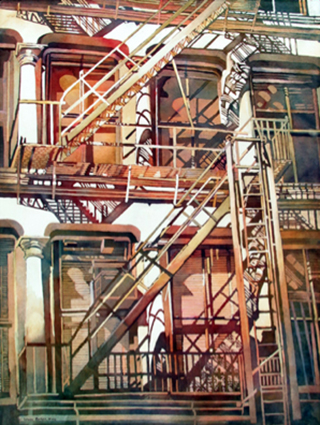 Escape Route 30 x 22" ©Linda Daly Baker Linda Daly Baker
Watercolor for me is all about the transparency and glow that you can achieve with this media that is not possible with other forms of art. With oil, you can build texture and add lights, with acrylic you can get the solid covering of a shape, but with watercolor, you can glaze layer upon layer and still have the luminosity and lacey edges. With my type of paintings, it is all about the application of multiple layers. I have learned to select the most transparent shades and if there is no opacity, staining or sedimentary qualities, I can lay down layer upon layer and still go back to white paper if needed. Along with the luminosity of the medium, I have learned that there are some very cool techniques to create texture. Watercolor is known as a smooth, immediate application so it is exciting to develop ways of acquiring depth and texture from a medium known for soft and transparent images. My preference has always been Arches 300# cold-pressed paper but I also use Kilimanjaro 300# as well. I have recently tested Graza paper from Spain which is softer and offers a different effect than either of the other papers. See more of Linda Daly Baker's work at her website. Frank LaLumia
Watercolor is hypnotic, addictive. The allure is many-faceted, but it is the unique spontaneity of the medium that I find most fascinating. I started painting watercolors in 1971. My first impulse was to go outdoors and paint directly from life. In plein air painting, spontaneity is of great importance. The light is changing-there is no time for a glaze-and-wait approach. I learned a lot in those years. Of course there were reams of failed paintings, but the good ones were attractive beyond technical success. I saw an authentic expression. I was finding my own voice in watercolor, in art. Spontaneity is directly related to self-expression. Today, 43 years later, I try to bring those same qualities into my studio watercolors. I’m still learning those lessons, still burning through tons of paper, waiting for a good one, for that special lightning to strike. It doesn’t happen every time, but it’s worth the wait. Painting watercolors is a state of mind. The most important technical aspect is having confidence in your approach to the medium. The Muse of Watercolor does not respond to weak, indecisive displays by the artist. You have to take a full-speed-ahead-and-damn-the-torpedoes approach to painting watercolor, and accept any mistakes as part of the process. Manage that, and the good ones will be much better. Only then will the muse visit. See more of Frank LaLumia work at his website. LaLumia's book - Plein Air Painting in Watercolor and Oil 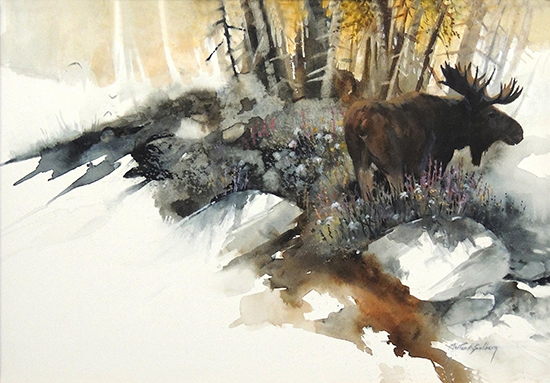 Through the Aspens 10 x 14" ©Mort Solberg Mort Solberg Watercolor was what I learned to paint with in my first art job out of high-school. It is like no other medium. You can use it like oils, Acrylic and by itself as a transparent medium. The wonderful "accidents" that happen with the flow of colors can not be achieved by another medium that I know of. The most valuable Lesson is that you can do almost anything with watercolor that you want. You need paint with a lot of pigment and good paper, and of course, a little opaque white and great brushes. For 45 years, I used a Crescent #112 illustration board with a Strathmore acid free rag surface, cold press. They stopped making it. Now I am using Arches 140lb cold press mounted with acid free spray glue on a Gatorboard. I use Strathmore 300lb. cold press and I also use blocks of paper. I am always experimenting with samples of paper and also different paints. I hate to have to stretch & tape paper. Lazy me. I have 7 or 8 different papers on hand at any given time. 140 lb paper takes paint better than 300 lb., but 140 lb needs stretching. The 300 lb is great for plein air painting in sizes of a half sheet or larger. As far as surface, I like cold press for a good all-purpose paper. I love hot press (nothing is more beautiful than a great watercolor on smooth paper), but hot press is harder to control. I like rough for certain things - textural subjects and paintings where I am using LOTS of paint. There are reasons for everything… I like Arches 140 cold press, Arches 140 hot press, Arches 300 c.p., Windsor Newton 300 h.p., Waterford 140 h.p. I even have a few sheets of Lana and Kilimanjaro. See more of Solberg's work at his website. 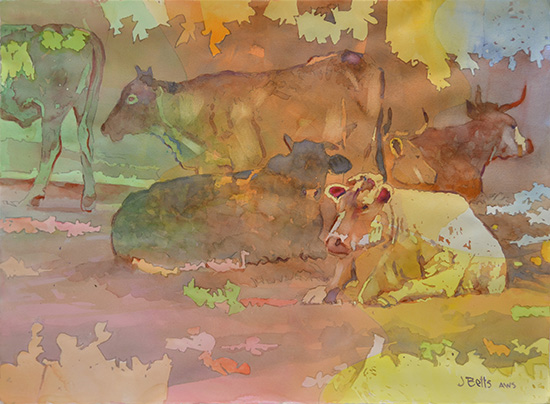 Siesta in the Shade 22 x 30" ©Judi Betts Judi Betts I have been using watercolor since the 1960's. I never say I am a watercolorist. The oil painters do not call themselves oilists. I am a painter who happens to prefer watermedia. The more I paint, I really like the affect of building up many layers of paint. Frequently I use traditional and inventive underpaintings. I prefer D'Arches 140lb cold press paper. For me, 300lb paper is like a blotter ... it seems to soak up the colors. "Artists should doodle more and Google less!" See more of Betts's work at her website. 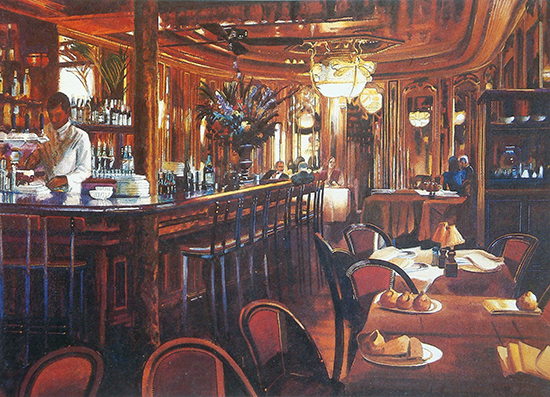 Last Call Paris Cafe Frances 30 x 40" ©Rusty Walker Rusty Walker
There is a magical quality in the reflection of transparent watercolor against the white of the paper that is uniquely brilliant and alluring. The watercolor, like a fine-tuned musical instrument, can be expressed effectively through harmony and contrast, with the charm of a Sonata, the mystery of a nocturne, or power of a symphony. Never rely on clichés or painting the same way you have in the past that worked. Instead, approach each subject/element, whether figures, architectural, mechanical or nature, as a new expression of its own inner qualities. It can be made up of mood, light, shade and color, poignancy or action, to define its own unique statement. I use D'Arches, Cold Pressed, 400lb. Here is the book I wrote on Transparent Watercolor: Transparent Watercolor: How to Use the Direct Method to Achieve Radiantly Clear Color and Translucency in Your Paintings See more of Walker's paintings at his website. 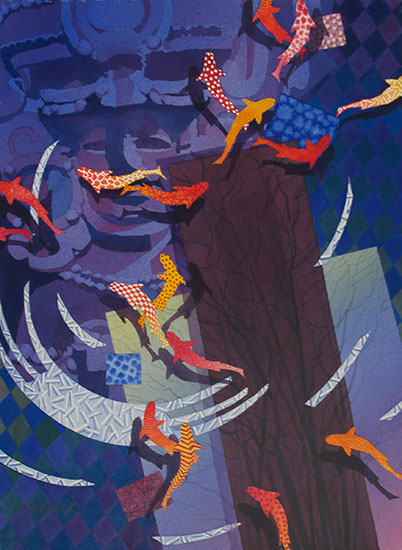 Monolith No. 10 30 x 20" ©Mark Mehaffey Mark Mehaffey
That's where I started all those many years ago at the age of 10. Three things occurred that year…I walked through a friend's house and his Dad was a watercolor artist. I was transfixed and thought his paintings were so cool. (We became friends and he was a big fan). I also had a 4th grade teacher who let me paint most of the time - I suspect to keep me from being disruptive. And my parents recognized that I was an artist and bought me a set of watercolors . . . and kept me in art supplies for years. I had very smart parents. I use any brand and surface that I think will help me make a good painting. Most of the time that is Arches paper. I seem to favor the cold press surface but do quite a bit of work on the rough as well. There are many ‘lessons’ way more valuable than the technique of paint application, such as design and content, but, since you asked….Moisture control. Not the control of the water on the surface of your paper but the amount of water carried in your brush. Moisture control with paint, water and brush is absolutely necessary to obtaining positive results. See more of Mehaffey's work at his website. Mehaffey's most recent book: Creative Workshop - Watercolor & Acrylic: Challenge your artistic boundaries with 25 fun painting exercises 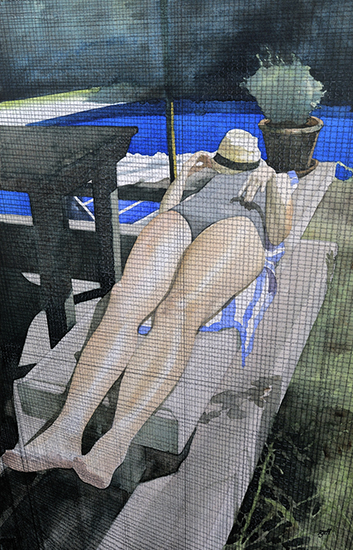 Bug Screen 21 x 14" ©Toby Haynes Toby Haynes
I especially love its ability to dissolve or to delineate forms, its transparency, and the serendipitous way the wet colours move. You don't set down a watercolour wash - you release it: the paint has a say in the result. On the other hand, a painting may be literally a coloured drawing; and here it's much easier to control the line with fast-drying transparent watercolour than with a heavier medium such as oil. It's often claimed that watercolour is difficult, because you only get one chance with a painting; I've never believed that, though you do have to be careful not to overwork it. Most useful technical lesson? Use a bigger brush. Reality is not found in a catalogue of indiscriminate details, and a judiciously applied sharp edge is more convincing than endless tiny strokes with an 000000 brush of four hairs that holds almost no paint. Nothing comes close to a good kolinsky, and even the big ones should have a needle-fine point; but there's no right way to paint, and you should always do what works for you. Arches Aquarelle, 300 lb. rough (torchon) or hot-pressed (grain satiné), always pre-stretched with gummed tape as I generally start with quite broad washes. This is well-behaved paper that stays flat once dry, and I like its strong, hard surface. The rough grade takes multiple washes particularly well, and still allows a high level of detail when required; the smooth type doesn't hold so much pigment, but is ideal for a more graphic treatment - combined with coloured pencils perhaps. See more of Haynes's work at his website. 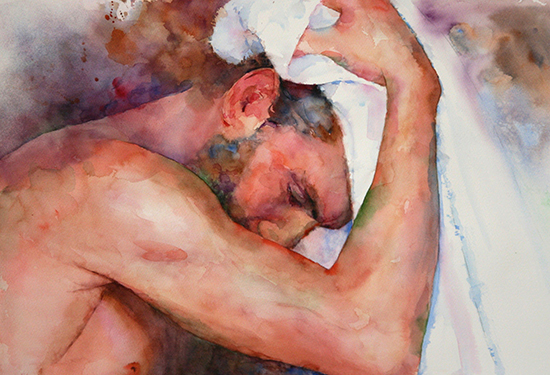 Wash Away My Iniquities 13 x 19" ©Nancy L. Herbst
Nancy Herbst Watercolor has been my favorite medium for over 20 years, and continues to provide unique opportunities and challenges, as well as an invitation to explore new techniques. It also is extremely accessible, as I maintain a covered palette that is always ready to use, allowing me the ability to paint for any length of time without a lot of prep, clean-up, or wasted paint. when I travel, I bring along a tiny little paint kit and can paint just about anywhere, even on an airplane. I knew that watercolor was "my" medium the first time I painted wet-in-wet, as the process is beautiful, fun, and suggestive of endless possibilities. I also love the way transparent colors seem to glow from the way light shines through from the paper itself. Areas of greater wetness will flow towards areas of lesser wetness. Knowing this will allow one to control the medium, without accidental "blooms". I've been painting mostly on polypropylene (Yupo brand) for a few years, mainly the translucent type, which allows me to draw on the back side of the paper. Pencil lines repel watercolor, and this technique allows me to avoid this problem, and I can wipe away the drawing at the end if I want to.
I also paint on traditional cotton papers, and I like several different brands: Arches, Fabriano, and Kilimanjaro are among them. I usually paint on Cold Pressed surfaces. See more of Herbst's work at her website. 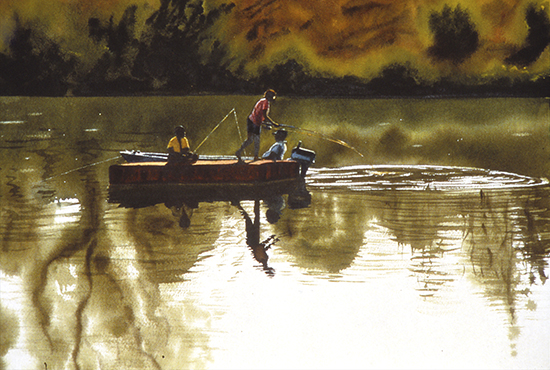 Fishing at the Intake 10.5 x 16" ©John Hulsey Fishing at the Intake 10.5 x 16" ©John HulseyJohn Hulsey I think I gravitated toward watercolors because of my early experiences with acrylics. I liked the idea of thinning and cleaning up with water - less toxic and odorless. What I didn't realize at that time was the steepness of the learning curve inherent in making good paintings with watercolor versus any other painting medium! So I am glad I got started learning and experimenting without the burden of anyone telling me how hard it can be to paint well in watercolor. It is a dance or a conversation with the paper and paint. Make a stroke, see what happens, make another - all executed rapidly with intense focus. I used watercolor exclusively to execute my illustration assignments in New York, which had to be done quickly. Painting hundreds of full sheet watercolors under tight deadlines really honed my skills. I tried every type and brand of paper I could find and settled on Arches, which I use today. It suits me and I know well how the paper will behave, no matter the surface or weight. But I have to add that, working on 300 or even 1000 lb. paper is just a different painting experience and technique than working on 140 lb. If you can master 300 lb., you won't have any trouble with the lighter papers. I use Arches 140 lb. blocks for my plein air work, and Arches 22 x 30 and 40 x 60 sheets for my studio paintings. There are a handful, but two main things: First, to thoroughly dissolve my colors in their palette wells, and second, pay attention to how much water is on the paper and how much in my brush. If there is a lot of water on the paper, then not so much is needed in the paint, and vice versa. Watercolor painters must be supreme water managers. There are a few more very important technical things to know and that is why Ann and I wrote The Field Guide to Plein Air Painting in Watercolor, which is essentially a short course in watercolor painting for the novice. See more of Hulsey's work at his website. |
Become an Artist's Road Member Today!
Already a Member?Log in here. To renew your membership, log in and follow the links. Search the SitePerspectivesNot ready to become a Member yet? Subscribe to our free email postcards, "Perspectives". Enter your email address here.
Member ContentFree ContentThe Artist's Road StoreNocturnes - A Primer on Night Painting Filled with inspirational examples by the masters of nightime painting, this little book is sure to fire up your creative energies. Never tried painting at night? We show you how it's done with a step-by-step-oil demo and a tale of night painting in the wilds of Rocky Mountain National Park. The Primer on Night Painting - Nocturnes is a 7 x 7" PDF download with 40 pages of text and images. It includes a gallery of paintings by masters of the nocturne, information to inspire and encourage you in your plein air nocturne painting, an illustrated step-by-step demo and tips for working in pastel and oil. Also available in a softcover edition. Check out the tools and other products that we use in our own art and travels in The Artist's Road Store. We only offer things for sale that we enthusiastically believe in.
About Us
|
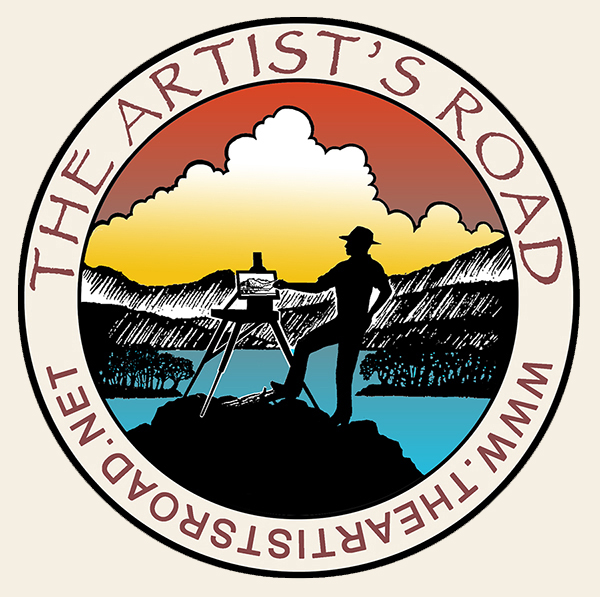
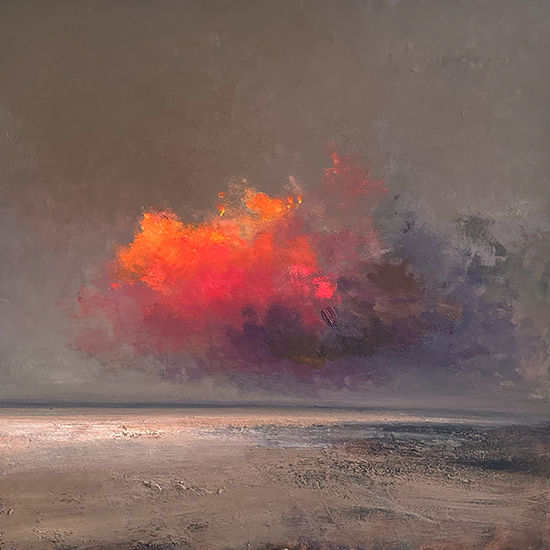 Voices of Experience:Richard K. Blades
Voices of Experience:Richard K. Blades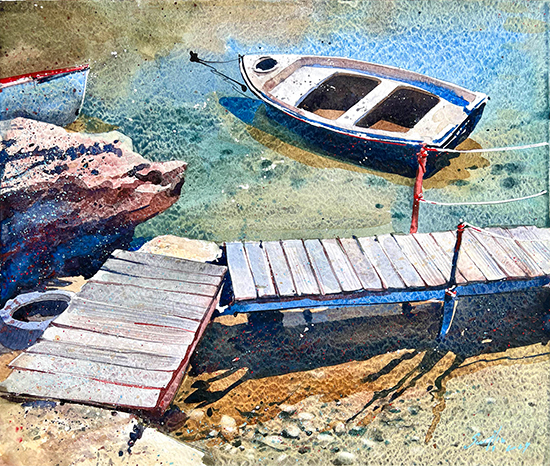
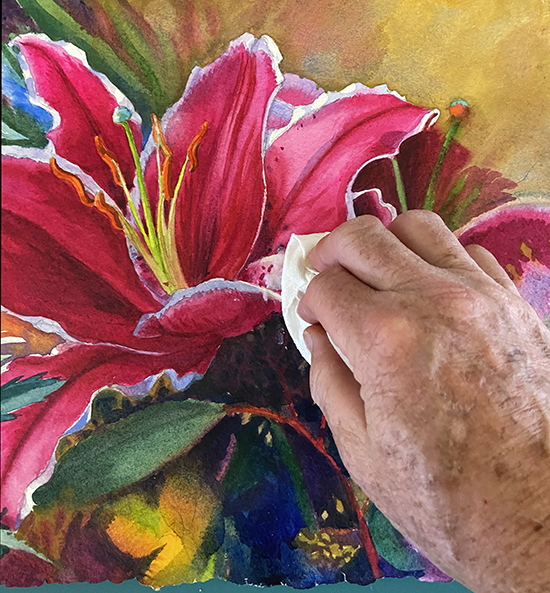 ing Watercolors
ing Watercolors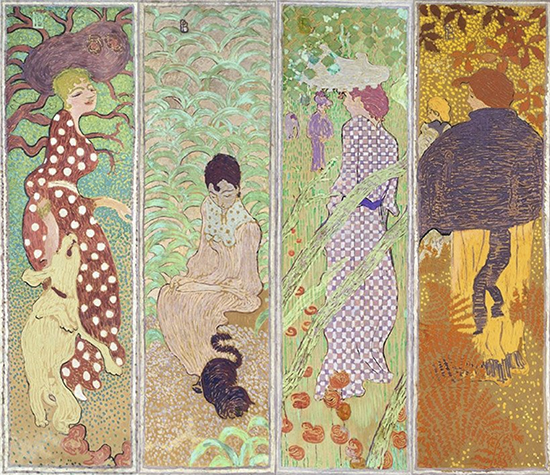
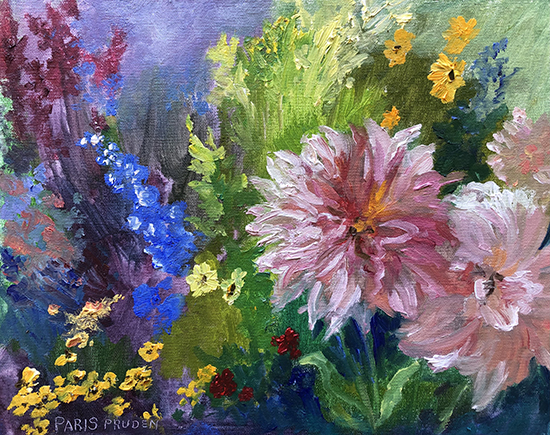
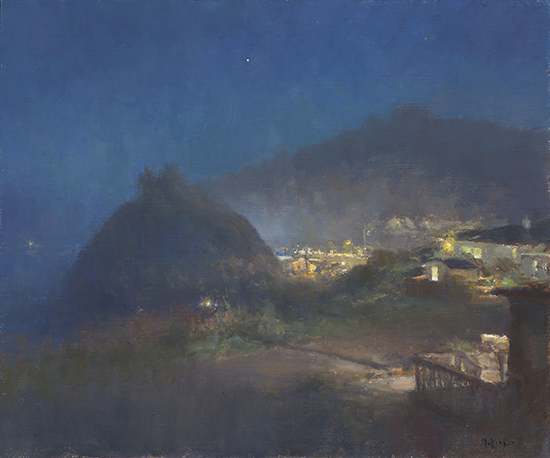 Nocturne Notes
Nocturne Notes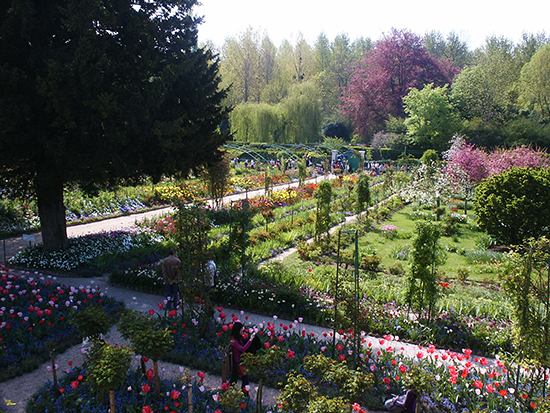 Inspiration in Monet's Gardens
Inspiration in Monet's Gardens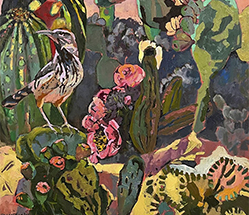
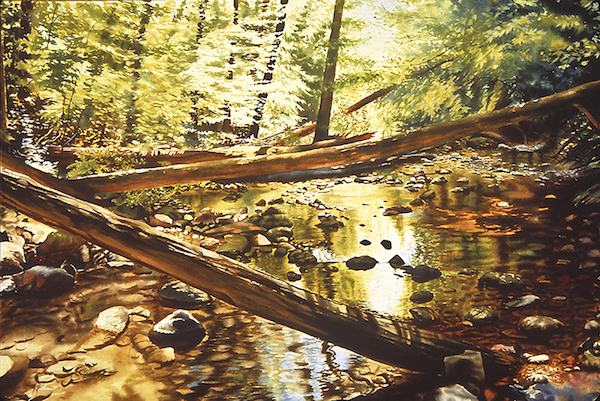 The Watercolor Medium
The Watercolor Medium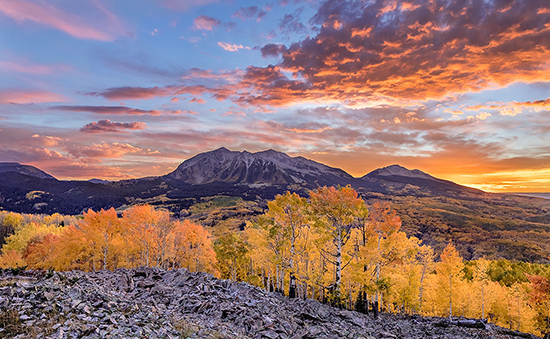
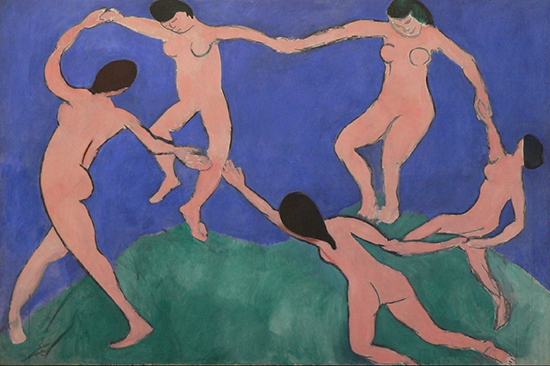 The Perspectives Archive
The Perspectives Archive